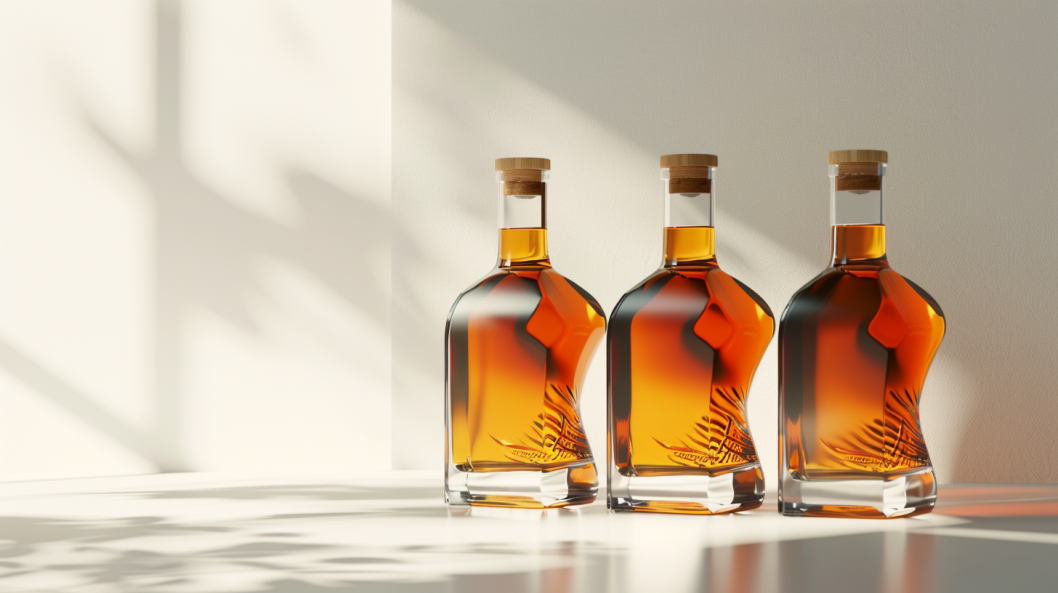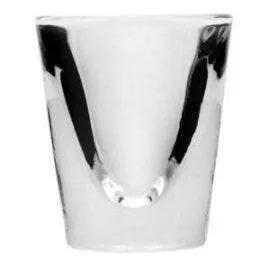Whiskey, known as the water of life, is an age-old drink that originated in Scotland. Whiskey originated over 1,000 years ago in Scotland and Ireland via traveling monks. The word Whiskey comes from the Gaelic word uisce/uisge, meaning water. Distilled alcohol was known in Latin as aqua vitae (water of life). In some countries, whiskey is spelled differently. A general rule of thumb is if the country has an “e” in its name then it is spelled as whiskey. If the country doesn’t have an “e” in its name, it is spelled as whisky. Although originating in these two countries, whiskey production has spread across the world. Here are some countries that produce whiskey:
Scotland
The biggest type of whisky production you’ll find in Scotland is Scotch. We know, pretty easy, right? There are mainly two categories of Scotch: Single malt and single grain. For both, single means that the whisky was produced in a single distillery.
The malt in “single malt” means that the whisky is made entirely from malted grain. In Scotland specifically, the malt is always made from barley. The grain, on the other hand, doesn’t need to be made from barley, nor does it need to be malted.
Single grain whisky can be made from both wheat or corn. The two main categories of whisky can be split into three subcategories: blended Scotch, blended malt Scotch, and blended grain Scotch.
Blended Scotch whisky is made from combining one or more single malt Scotch whiskies that are mixed with a single grain Scotch whisky.
Blended malt Scotch is made when a blender takes more than one single malt whisky from two different distilleries to create one batch of whisky.
Lastly, a blended grain Scotch is made from two or more single grain Scotch whiskies from two separate distilleries. They are mixed to create a single batch of blended grain Scotch.
Ireland

There are four common types of Irish whiskey: Irish blend, single malt, single grain, and single pot.
Irish blended whiskey is the most common type of whiskey and most commonly exported type of whiskey. As its name suggests, it is a blend of single malt, grain, and pot mixed in together. Within Irish blends, you’ll have two subgroups: malted and un-malted barley. Malted barley will have starch and enzymes and un-malted will be missing those components.
Single Malt abides by the same rules that Scottish malt follows: it needs to be 100% made from malted barley. Single malt Irish whiskey is double distilled as opposed to the usual triple distillation of Irish whiskey.
Irish Single Grain whiskey is much like Scottish in that it’s produced the same way.
Single Pot whiskey is made from a single distillery that used a mix mash of malted and unmalted barley distilled in a pot. Mixing these two produces a spiciness that is known as the “pot still character”. Next, let’s venture out of where they originated and into other countries.
India
Whisky had its start in India while it was being colonized by Great Britain in the 1700s. Scotch had been largely imported and was very popular with the British soldiers. The first producers of Whisky in India were Amrut Distilleries. Amrut Distilleries is as old as India’s independence as it was made in 1948, one year after the Indian Independence Bill was signed.
Whisky produced in India is made by blending spirit distilled from fermented molasses with grain whisky or pre-blended Scotch whisky. Indian whisky is mainly made from molasses, which is exactly what rum is made from. Because of this, it is labeled as a spirit outside of India and not labeled as a whisky.
Due to the warmer climate in India, barley is grown exclusively in the northern half of India. New Delhi for example, will grow barley and distribute it up to 1,500 miles to other distilleries in the south. A challenge that distilleries in India face is the lack of humidity. Because of this, it rapidly accelerates the aging process. A three-year-old Indian single malt is very much the same in maturity as an 18-year-old Scotch.
Japan
Japan has had a rather short history with whisky production. The Yamazaki distillery was built in 1923 and was Japan’s first malt whisky distillery. At the end of World War One, the founder of the Yamazaki distillery sent his best student to Scotland to learn as much about the whisky industry as possible. Spending three years in Scotland, Masataka Taketsuru returned to Japan to help build Yamazaki distillery.
Taketsuru eventually went on to form Japan’s second whisky distillery, Nikka Whisky, in 1934. Taketsuru is credited as being the father of Japanese whisky due to the fact that he was one of the only people in Japan that studied the making of Scottish whisky. Most of the major distilleries in Japan import their product from Scotland to recreate the originality of Scotch, but with a twist.
The water source that is used in the distilling process is taken from the freshwater that is drawn from the mountains. The distilling stills are shaped differently. The wood that is used is different than what is usually used. Unfortunately, it’s harder to acquire Japanese whisk due to it’s increasing popularity.
United States
The first thing you think of when someone mentions whiskey in the United States is bourbon. Bourbon whiskey is a type of American whiskey that has been distilled from a mash made up of mostly corn. For a whiskey to be considered a bourbon, it has to meet two criteria: it must contain at least 51% corn and it has to be produced within the United States.
The taste of bourbon can have a diverse flavor profile. But it is usually profiled with having notes of vanilla, oak, and caramel. Bourbon can have a younger maturation age than most whiskeys but most often has an age of six to ten years. Although, if it is aged younger than four years, it is required that an age statement is put on its label.
By law, Rye whiskey is a whiskey that has to have been made with at least 51% rye. Rye has a spicy flavor that tends to be a little more aggressive than most whiskeys. Rye whiskey is predominately made in the Northeastern United States. When it undergoes the aging process, it can be labeled as a “straight rye whiskey” if it ages for more than two years.
Canada
Canadian whisky is comprised of two types of whisky: Canadian whisky and Canada rye whisky. Although they are one and the same. A couple of hundred years ago Canadian whisky distillers began to throw small amounts of rye into their spirits for a stronger rye flavor.
What makes Canada rye whisky different from American rye whiskey is that it doesn’t require a minimum mixture of 51% rye. There’s only one law required for producing Canadian whisky. It must be fermented, distilled, and aged in Canada. Now let’s look at how to properly taste whisky.
How to Taste Whisk(e)y
First things first, if you’re going to taste whiskey, you’re going to need the right glass. To be clear, the goal of whiskey tasting isn’t the same as drinking it. It’s similar to wine tasting in the sense that you’re attempting to savor the flavor. Whiskey glasses have thick bottoms that narrow tops. This design allows you to swirl the whiskey around and have the aroma come out of the top.
Smell the Aroma
When you see people swirling whiskey or wine, they’re doing it for a reason. Swirling introduces oxygen to the alcohol and unlocks more of the aroma. When you swirl your whiskey, let it settle for a few seconds before giving it a sniff. When it comes to smelling your whiskey, put the glass just below your nose, then take a light sniff about three to four times. You’ll want to sniff it that much to acclimate your nose to the amount of alcohol that’s coming from the whiskey. You’ll be able to identify the notes that are coming from the whiskey. Does it have a more floral finish? Or is it more smokey?
Tasting
After smelling the whiskey, it’s now time to try it! When you’re ready to sip it, put your mouth in an “O” shape and be prepared to taste a small amount. The goal is to pick up on passive flavoring in the whiskey. The first few times you gargle and move the whiskey around in your mouth, it may taste strictly like alcohol. But that’s fine because whiskey has alcohol in it. After the first few attempts at whiskey tasting, you may start to pick up on new flavors. When you reach that moment, start to swallow it. It’ll burn. That’s okay though! That’s what’s known as the finish. Is it short, pleasant, long, or just straight-up bad? That’s normal! All of those are indicators of the finish.
Diluting?
This is a common question when it comes to whiskey tasting. Should I dilute my whiskey with water? If so, how much water do I add? The answer: yes. Add water. Adding water to your whiskey yields more flavor. We recommend just adding a droplet of water but it comes down to personal preference with how much water you want to add.
According to a study conducted at Linnaeus University in Sweden, diluting whiskey with water unlocks more flavor. Chemist Bjorn Karlsson used computer simulations to model the interactions between molecules of water, ethanol, and guaiacol.
Whiskey’s taste is largely derived from guaiacol. In whiskey’s that are more than 59% alcohol, the guaiacol molecule shifts away from the surface of the whiskey. It floats to different parts of the whiskey that can worsen the flavor of it. When whiskey’s alcohol content is under 50%, the guaiacol molecule shifts to the surface of the whiskey. This enhances the taste of the whiskey as well as the aroma it emits. In the end, according to science, diluting higher alcohol levels of whiskey makes it taste better. The wonderful world of whiskey tasting can be overwhelming at first, but over time you’ll pick up on the ins and outs of it. Invite some friends over and teach them what you know so that they too can become whiskey tasters!

